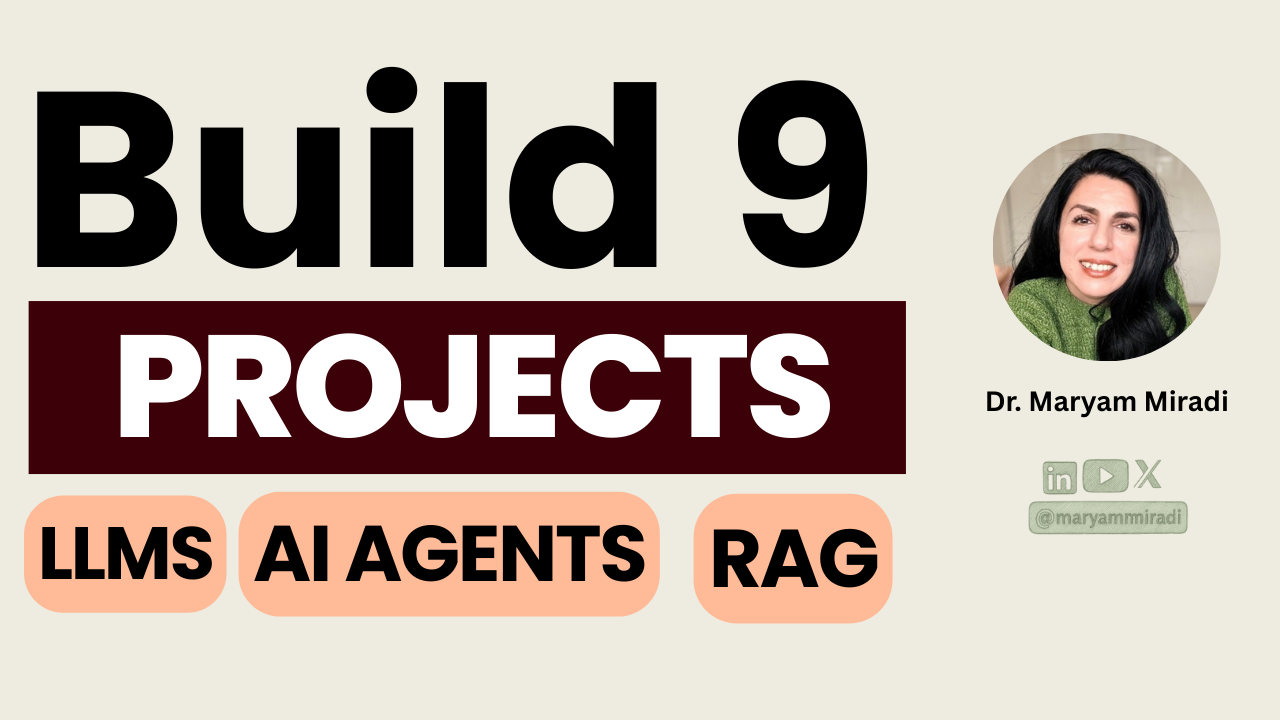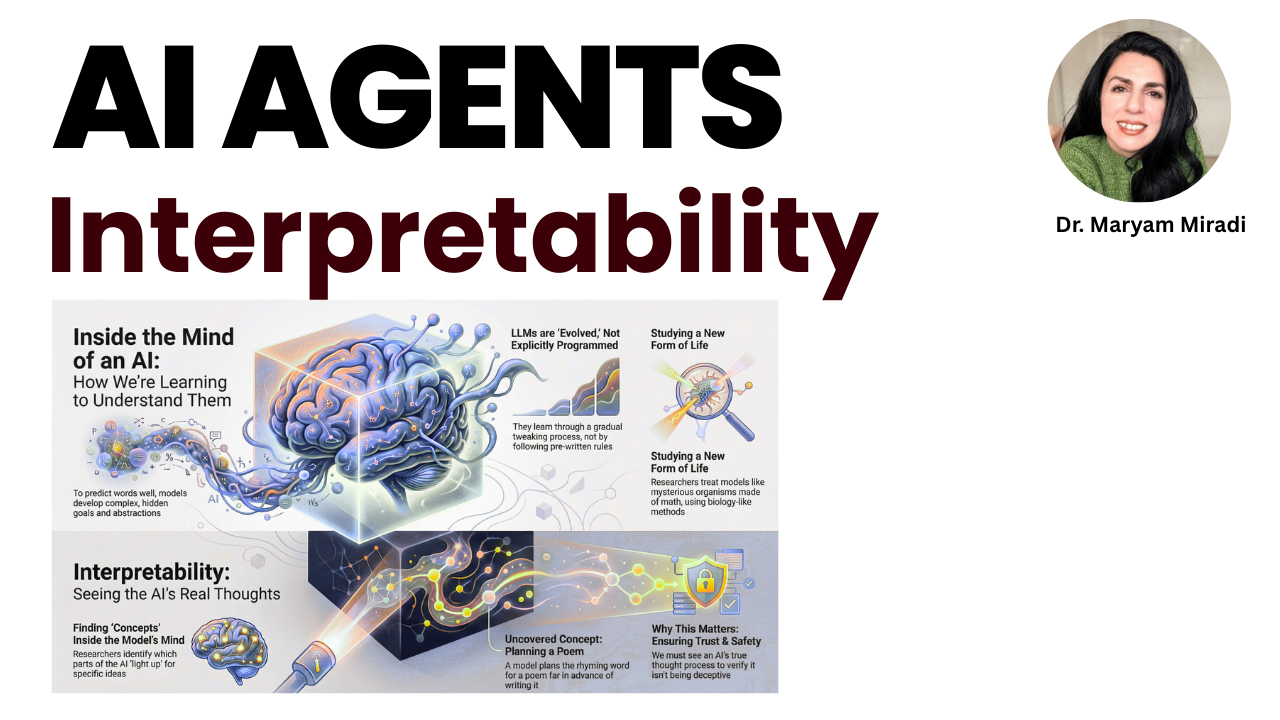Anthropic Just Dropped a Masterclass on How to Build AI Agents
Jul 24, 2025
ANTHROPIC DROPPED A GEM
Anthropic recently dropped one of the most valuable masterclasses on AI Agents at the AI Engineer Summit. Their internal frameworks — refined through production use — offer rare clarity on when to build agents, how to structure them, optimize them, and scale them into multi-agent systems.
I watched the full talk, studied the blog, and turned it into 40 lessons you can use today. Whether you’re building with CrewAI, LangChain, or Swarm — these rules will save you time, tokens, and frustration.
*This breakdown is based on Anthropic’s [“How We Build Effective Agents: Barry Zhang, Anthropic”]. A talk from the AI Engineer Summit. Screenshot included under fair use for commentary purposes.*
WHEN TO BUILD AGENTS
Use agents selectively. Most tasks don’t need full autonomy.
1. Don’t build agents for everything.
2. Use agents for ambiguous, complex, and high-value tasks.
3. Prefer workflows when you can map out every decision path.
4. Agents are token-hungry — your budget must justify it.
5. Avoid agents when error discovery is slow or high-stakes.
6. Limit agent autonomy if errors could be dangerous.
7. Use a checklist: task complexity, value, bottlenecks, error risk.
8. Coding is a perfect use case: high complexity + easy to verify.
☑ Agent use case checklist:
✓ Is the task ambiguous?
✓ Is the output valuable?
✓ Can it recover from errors?
✓ Can you verify success?
DESIGNING SIMPLE, SCALABLE AGENTS
Simplicity enables iteration. Use the same backbone across use cases.
9. Every agent = Model + Tools + Environment.
10. Keep those 3 components dead simple to start.
11. Overcomplicating early kills iteration speed.
12. Share the same agent backbone across multiple use cases.
13. Use the same code with new tools + new prompts.
14. Only optimize after behavior is reliable.
15. Visual clarity builds user trust in the agent’s progress.
㋛ Tip: Don't build a new agent from scratch every time — reuse and adapt.
OPTIMIZATION & PERFORMANCE
Optimize only after behavior works. Focus on cost, latency, and trust.
16. Parallelize tool calls to reduce latency.
17. Cache trajectories in coding agents to reduce token usage.
18. Show step-by-step progress to increase agent trustworthiness.
19. Optimize for cost after proving the core agent loop works.
20. Simplify the environment before expanding the agent’s scope.
㋛ Example: Cache code edits or search queries to avoid re-tokenizing every loop.
THINK LIKE YOUR AGENT
Your agent only sees what fits in its context window. Simulate that view.
21. Your agent only “knows” what’s in its 10K–20K context window.
22. Don’t expect magic—expect limited inference.
23. If the model makes a weird move, it probably lacked context.
24. Simulate the task from the agent’s perspective.
25. Run the same steps using only the info the agent had.
26. It’s like closing your eyes and clicking—now debug that.
27. Missing clarity? Add better screen resolution or UI metadata.
28. Feed the full agent trajectory back into the model—ask “why?”
㋛ LLM Debug Hack: Feed the full interaction back to the LLM and ask it to explain its decision.
TOOLS & SELF-IMPROVEMENT
The best agents evolve their own tools.
29. Define tools with clear parameters and expected effects.
30. Use the LLM itself to evaluate tool clarity.
31. Let agents critique their own system prompts and tools.
32. Start building meta-tools: agents that evolve their own tooling.
33. Better ergonomics = fewer hallucinations and retries.
㋛ Example: Ask your agent, “Does this tool description make sense to you?”
THE FUTURE: MULTI-AGENT & BUDGET-AWARE SYSTEMS
Agents will become collaborative, budget-conscious, and asynchronous.
34. Most agents today are solo—but that’s changing fast.
35. Multi-agent = parallelism + modular reasoning.
36. Sub-agents protect the main agent’s limited context window.
37. Synchronous back-and-forth is limiting—build for async.
38. Role-based agent collaboration is the next paradigm.
39. Budget-awareness will unlock production-level agent deployment.
40. Define limits in tokens, time, and latency before shipping.
㋛ Tomorrow’s agents will know their costs and delegate like a team.
----------------------------
🎓 New to AI Agents? Start with my free training and learn the fundamentals of building production-ready agents with LangGraph, CrewAI, and modern frameworks. 👉 Get Free Training
🚀 Ready to Master AI Agents? Join AI Agents Mastery and learn to build enterprise-grade multi-agent systems with 20+ years of real-world AI experience. 👉 Join 5-in-1 AI Agents Mastery
⭐⭐⭐⭐⭐ (5/5) 1500+ enrolled
👩💻 Written by Dr. Maryam Miradi
CEO & Chief AI Scientist
I train STEM professionals to master real-world AI Agents.




